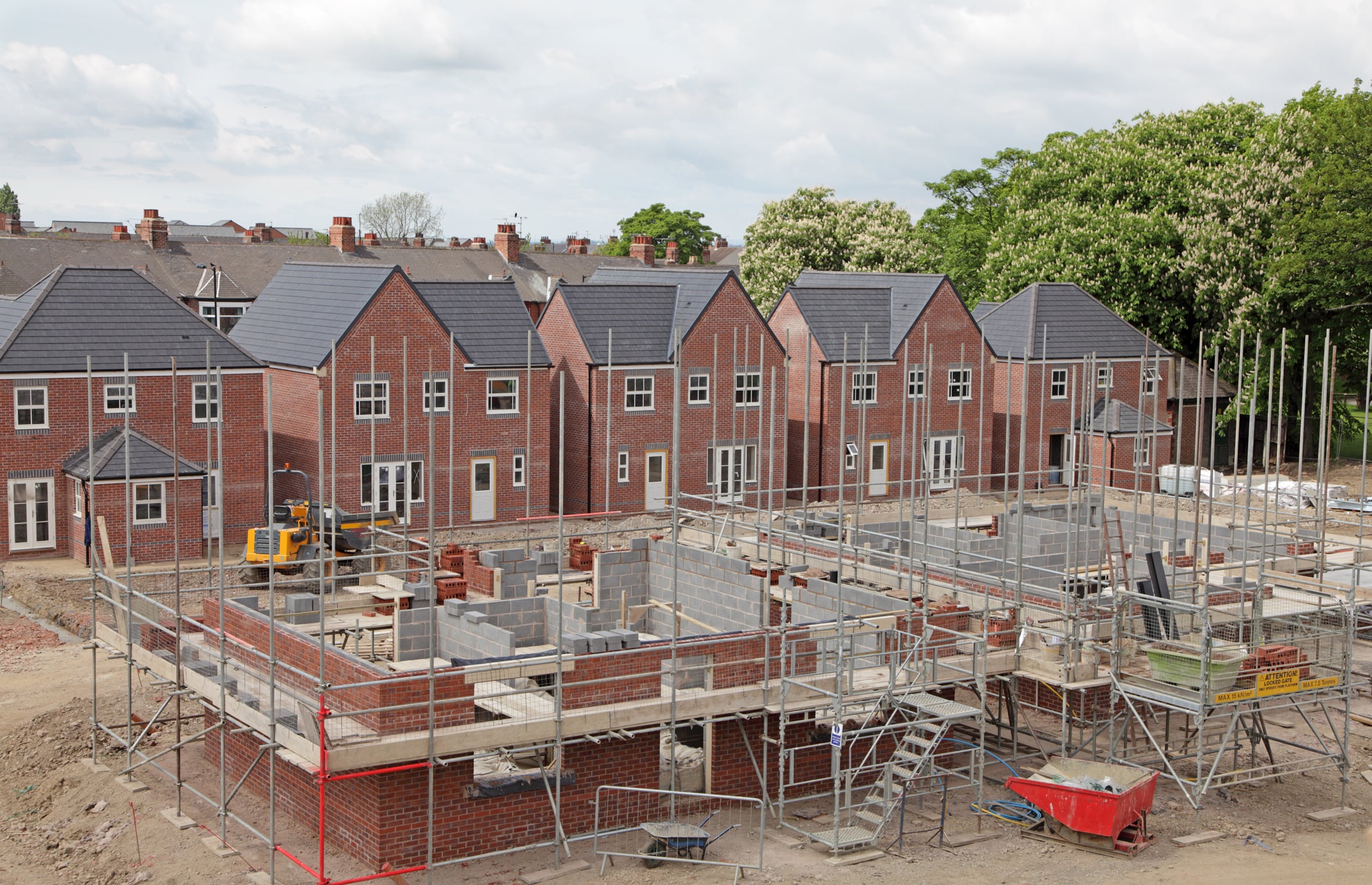 As the real estate market cools, the profit potential of home ownership has cooled as well. Here’s a strategy called “follow the builder.”
As the real estate market cools, the profit potential of home ownership has cooled as well. Here’s a strategy called “follow the builder.”
It is relatively easy to make a profit when you sell your home if the market is rising sharply like it has been in most of the country for the last three years. It becomes more difficult when a hot market slows down. It’s very difficult to make a profit on the sale of your home when prices are falling.
Is there a way to be relatively sure you’ll make a profit when you sell your home? There is under all but the most negative market conditions. In fact, I’ve seen young, energetic couples use this maneuver multiple times when they don’t even need to move.
Follow That Builder
In many areas of the country, there are builders who build hundreds of houses each year within a fifty mile radius of each other. They build entire communities or are one of three to five builders who build entire communities around big employment centers. This presents you with an important opportunity.
Identify Hot Growth Area
Builders won’t generally make a significant investment in a new community without doing their homework. They’re building because they’re anticipating a strong demand for housing. You can take this information as a reason to investigate further. Look at population growth numbers, employment stats and other key indicators. Are there service oriented businesses investing in the community as well. If you find out that Starbucks, Whole Foods and other upper scale service businesses are also moving into the area, you can bet that they also did their homework. These factors can be a strong indicator of future economic growth and can also be an indicator that it is a good place for you to invest in housing. Whether you buy existing rental properties, build or buy new housing, your chances of significant returns is promising.
Capitalizing on New Communities
Builders will typically sell first phases of communities for significantly less than later phases. On one hand, they need to get the cash flow moving. On the other, it is harder to sell at high prices because the community typically consists of dirt lots and construction equipment. Put the hands together and you have a great profit opportunity.
One potential profit maker is to get in on the first phase of the build out. You will purchase the home at a discount, which gives you built in equity. As the community is built up, you sell the home for a profit at a higher price. While you’re doing this, you keep tabs on the builder’s projects and find another location where you can do the same thing.
If you are a buy and hold investor, you can buy, live in it for the first year, move out and rent it out. Or, you can live in it for a year, watch it appreciate, sell the house, turn your equity profit and buy another. You’ll end up living in each house for a year or more and picking up nice profits along the way. But either way, there is significant upside if you can time it right. The only real downside is you have to move repeatedly.
Tax Consequences
There are a number of people who have done this strategy more than once. However, you need to be aware that generating profit this way can have tax consequences. Maybe you can do a 1031 exchange or perhaps do your transactions within a self-directed account. Either way, uou need to discuss your plans (including projected timing and profit potential) with your tax professional so that you are prepared to deal with any tax consequences.
Bill Manassero is the founder/top dog at “The Old Dawg’s REI Network,” a blog, newsletter, and podcast for seniors and retirees, that teaches the art of real estate investing. His personal real estate investing goal, which is being chronicled at olddawgsreinetwork.com, is to own/control 1,000 units/doors in the next 6 years. Prior to launching the Old Dawg’s REI Network, Bill and his family lived in Haiti for 11 years as missionaries serving orphaned, abandoned and at-risk children.
